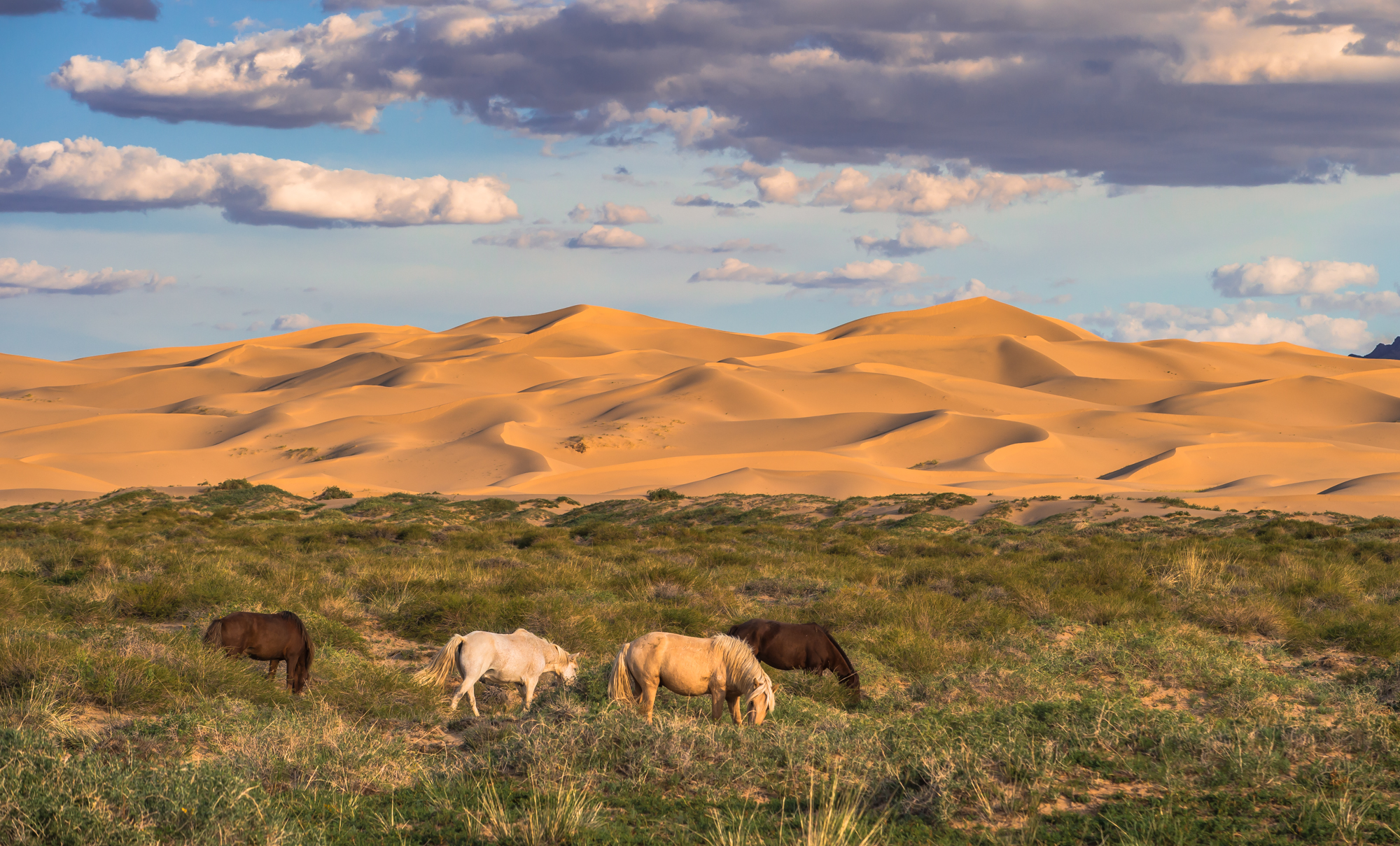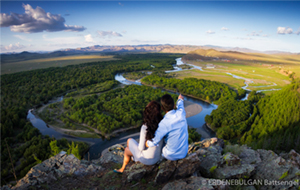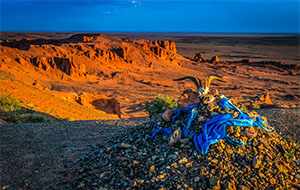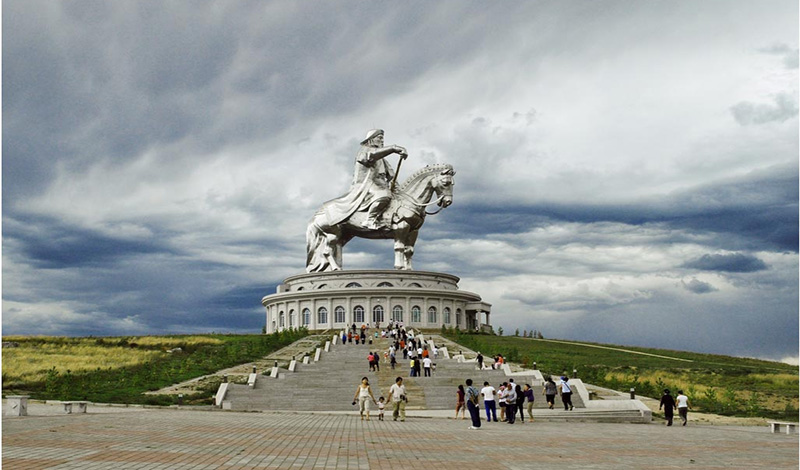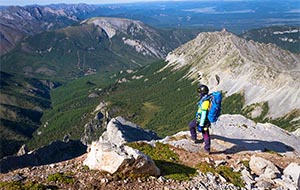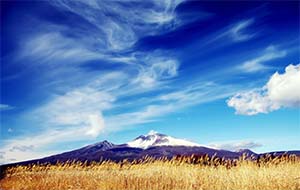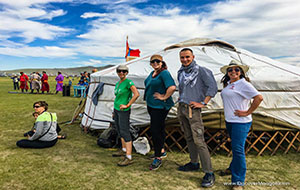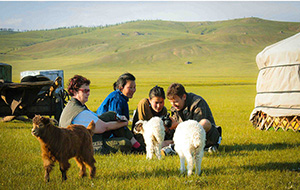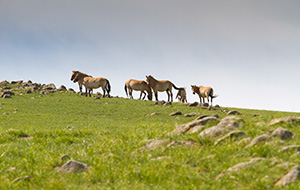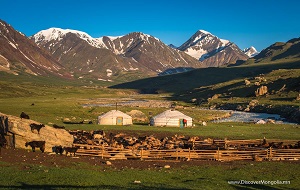The Mongolian Gobi Desert, a vast expanse of arid land in Southern Mongolia, is a region shrouded in mystery and wonder. It is known for its striking landscapes, unique sand ecosystems, and unpredictable weather patterns. In this blog, we will delve deep into the heart of the Gobi, exploring the intricacies of its sand ecosystem and the ever-changing weather that characterizes this extraordinary place.
Geography and Climate
The Mongolian Gobi Desert covers an area of approximately 1.3 million square kilometers, making it one of the largest deserts in the world. Despite its vast size, it is relatively sparsely populated, with nomadic herders being the primary inhabitants of the region. The Gobi is surrounded by the Altai Mountains to the west and the Khangai Mountains to the north, creating a unique microclimate.
The climate of the Gobi is characterized by extreme temperature variations. Summers can be scorching, with daytime temperatures soaring to over 40°C (104°F), while winters can be bitterly cold, plummeting to as low as -40°C (-40°F). The Gobi is also known for its low precipitation, receiving only about 194 millimeters of rain annually, which further intensifies the desert's arid conditions.
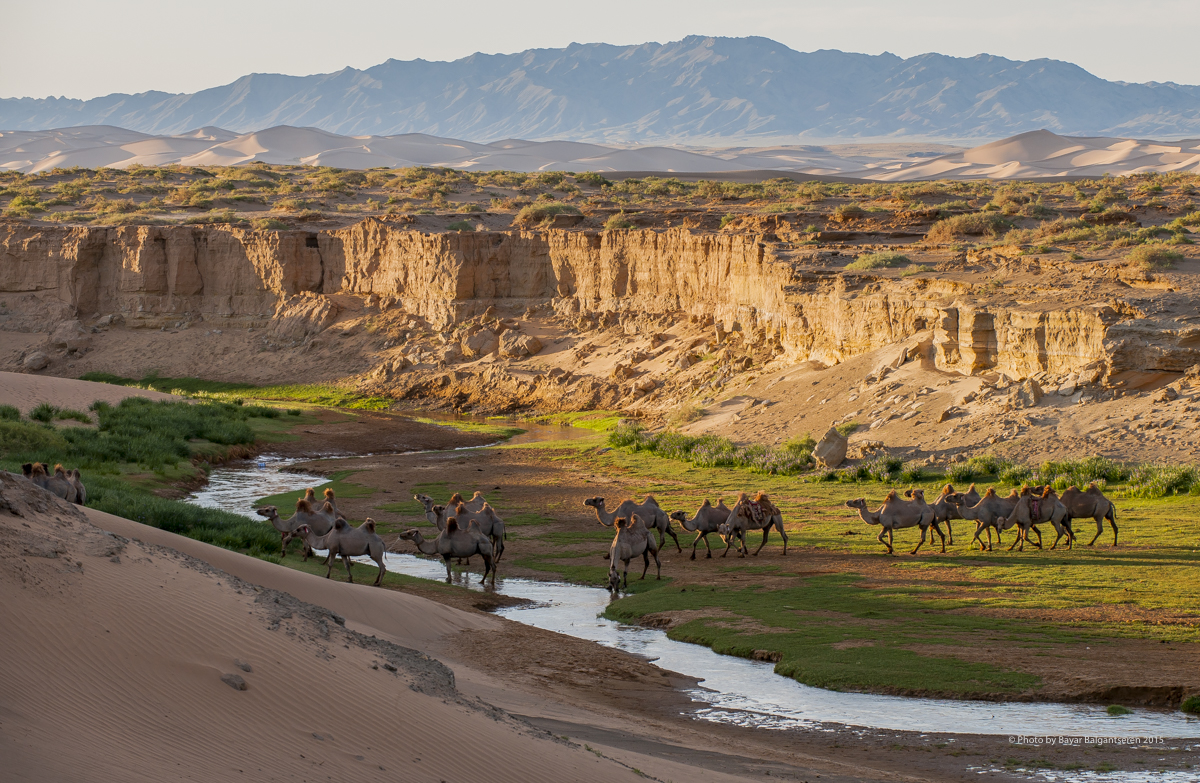
Sand Ecosystem
The Gobi Desert is often associated with vast stretches of sand dunes, but its ecosystem is far more diverse than it might seem at first glance. Let's take a closer look at the various elements that make up this unique sand ecosystem:
Sand Dunes: The most iconic feature of the Gobi Desert is its towering sand dunes. Some of the most famous dunes in the Gobi include the Khongoryn Els and the Hongorin Els, which can reach heights of up to 300 meters. These dunes are constantly shifting and reshaping due to the wind, giving the landscape an ever-changing appearance.
Flora and Fauna: Contrary to the common perception of deserts as lifeless, the Gobi hosts a surprising variety of plant and animal species adapted to its harsh conditions. You can find saxaul trees, camel thorn bushes, and a variety of drought-resistant grasses. Wildlife includes wild Bactrian camels, Gobi bears, and numerous bird species, such as the elusive snow leopard.
Oasis: Amidst the harsh desert terrain, oases provide a vital source of water and sustenance for both humans and wildlife. These lush pockets of green are often surrounded by small settlements of nomadic herders, who rely on the water and vegetation to support their livestock.
Fossils: The Gobi Desert is a treasure trove of paleontological discoveries. It's home to some of the world's most important dinosaur fossil sites, including the famous Flaming Cliffs, where the first-ever dinosaur eggs were discovered. The desert's dry climate and unique geological features have preserved fossils for millions of years.

Unpredictable Weather
One of the most intriguing aspects of the Gobi Desert is its unpredictable weather patterns. The interplay between the desert's geography and climate results in some fascinating meteorological phenomena:
1. Gobi Wind: The Gobi is known for its fierce and unpredictable winds, which can whip up sandstorms and reduce visibility to almost zero. These winds, often referred to as "Gobi Wind," can make traveling through the desert a challenging endeavor.
2. Temperature Fluctuations: As mentioned earlier, the Gobi experiences extreme temperature variations. The transition from sweltering summer days to freezing winter nights can be abrupt and demanding for those who live and work in the region.
3. Flash Floods: Despite its arid reputation, though not so common the Gobi is prone to sudden, intense rainfall that can lead to flash floods. These floods can be particularly dangerous, as they often catch both residents and travelers off guard.
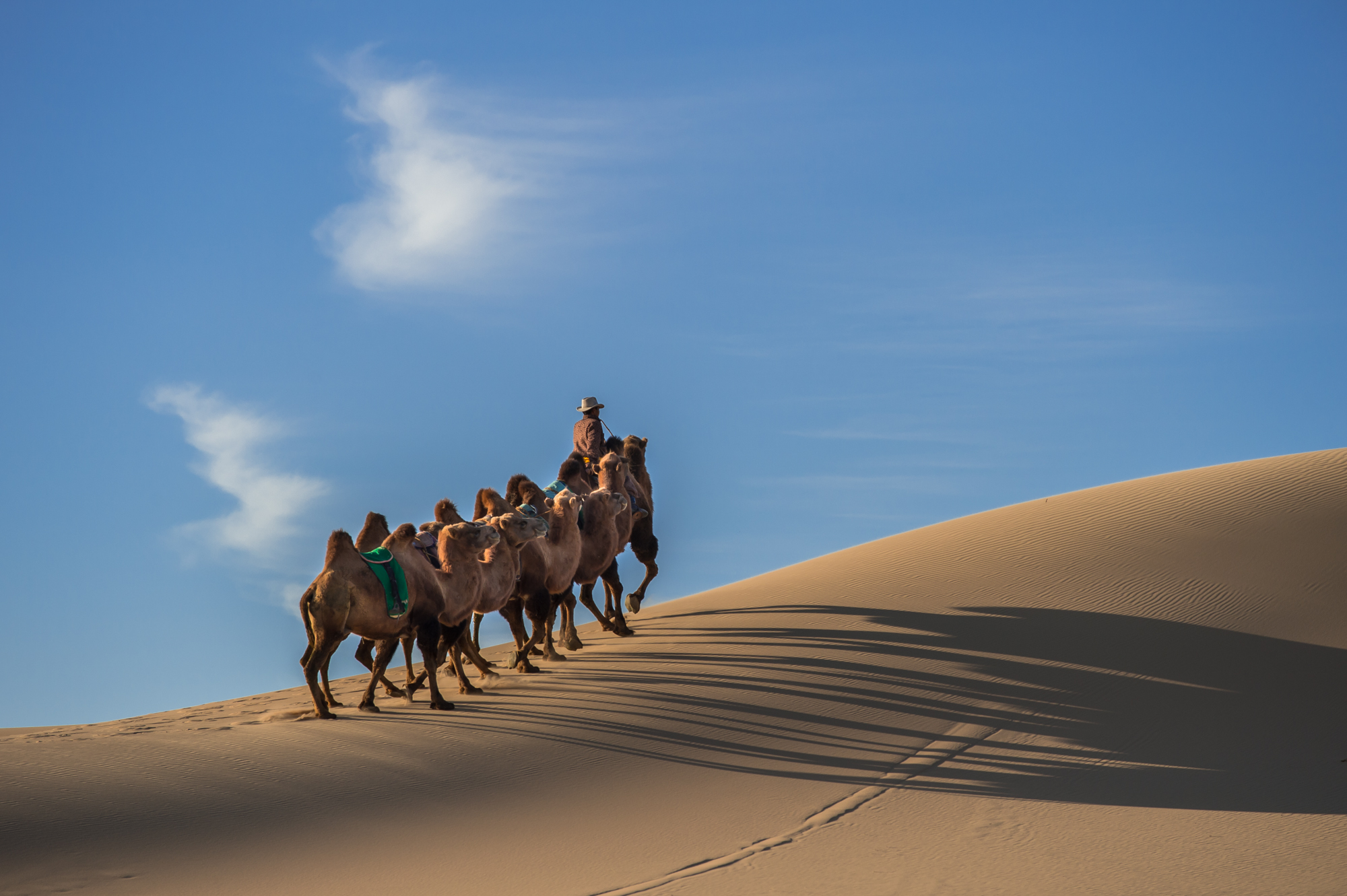
Conclusion
The Mongolian Gobi Desert is a place of extraordinary contrasts, from its towering sand dunes and diverse ecosystems to its unpredictable weather patterns. This enigmatic landscape has fascinated explorers, scientists, and adventurers for centuries. While the Gobi's harsh conditions present challenges, they also offer unique opportunities for discovery and appreciation of the natural world. It's a testament to the resilience of life in extreme environments and a reminder of the breathtaking beauty that can be found in the most unlikely places.
 Chat with Us on WhatsApp
Chat with Us on WhatsApp








